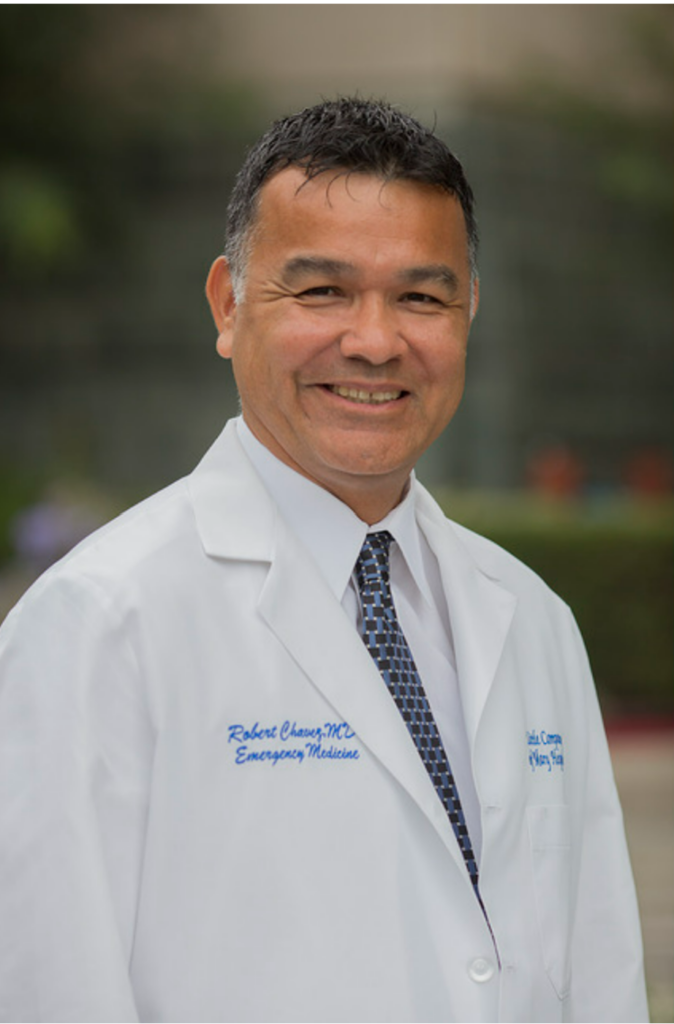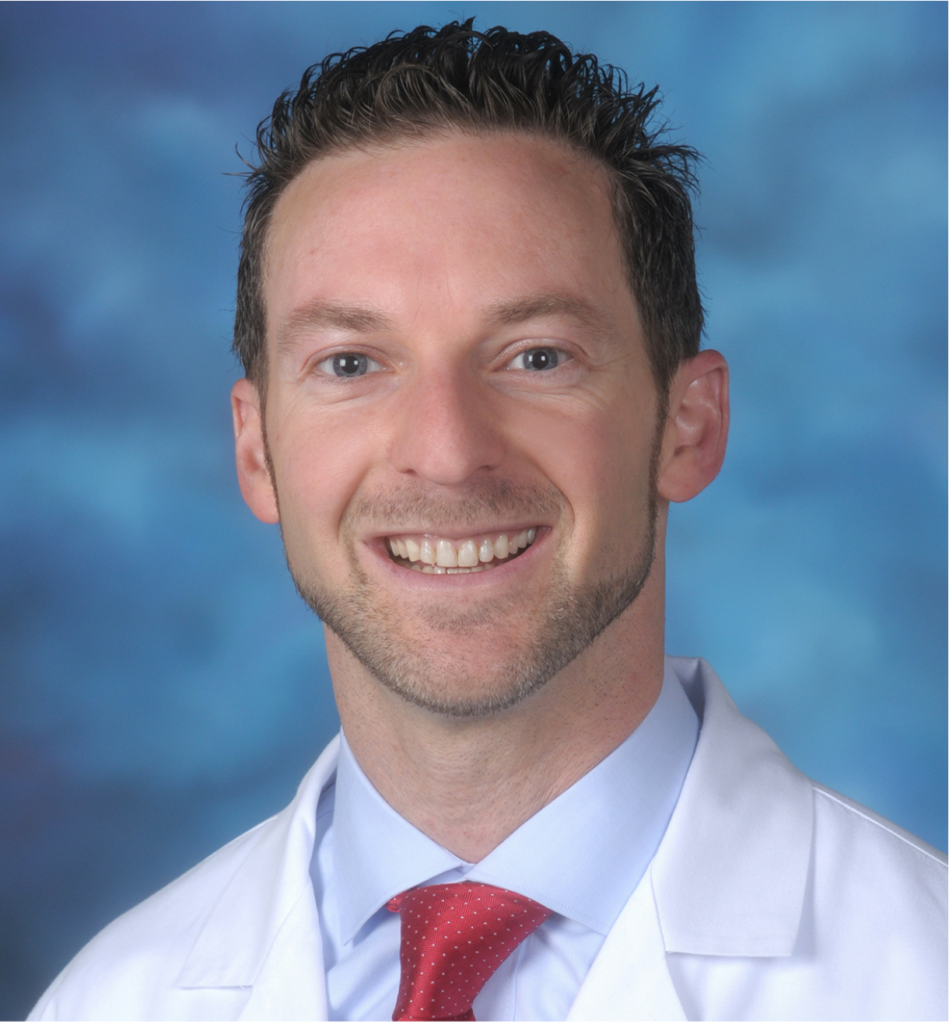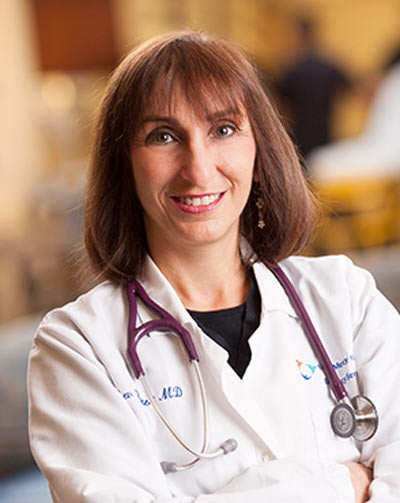
Robert Chavez, MD
President, IEPC
Providence Little Company of Mary Medical Center Torrance
Hello friends and colleagues,
As an independent Emergency Physician Group, it is important to obtain as much data as possible when trying to assess the market you are trying to compete with. This used to be speculative at best. You spent years trying to assess what your competitors might be getting for in-network rates and you tried to match or exceed those rates to stay competitive in retaining talent and making sure your talent was fairly compensated.
In 2021, this reading of the market “tea leaves” became a lot easier when CMS introduced the Hospital Price Transparency Rule and the Transparency Coverage Rule. The HPTR requires all hospitals to publicly disclose negotiated rates, cash pay prices, and the standard charges for all items and services. The TCR requires insurers and health plans to publish in-network negotiated rates, out-of-network rates, and allowed amounts.
At first this was of limited utility as large insurance payors compiled with the law by dumping terabytes of information into the public square. However, the datasets were so large that most ER groups and their RCM companies could not process all the data leading to computer crashes and no actionable information. All of that has changed thanks to new computing muscle brought to you by companies such as Open Care Data and Payerprice.com. These companies have come up with computing solutions to crunch all that data and boil down the results into a searchable format.
With these computing solutions, you can now see what your competitors are charging and being paid by the various payers for their services. It makes annual market analysis much easier and more accurate.
My disclaimer, I do not recommend a particular company for this market analysis exercise, but I do recommend doing this exercise at least once a year to evaluate if you are being fairly compensated for the work you are already doing.
All the best,
Robert Chavez



